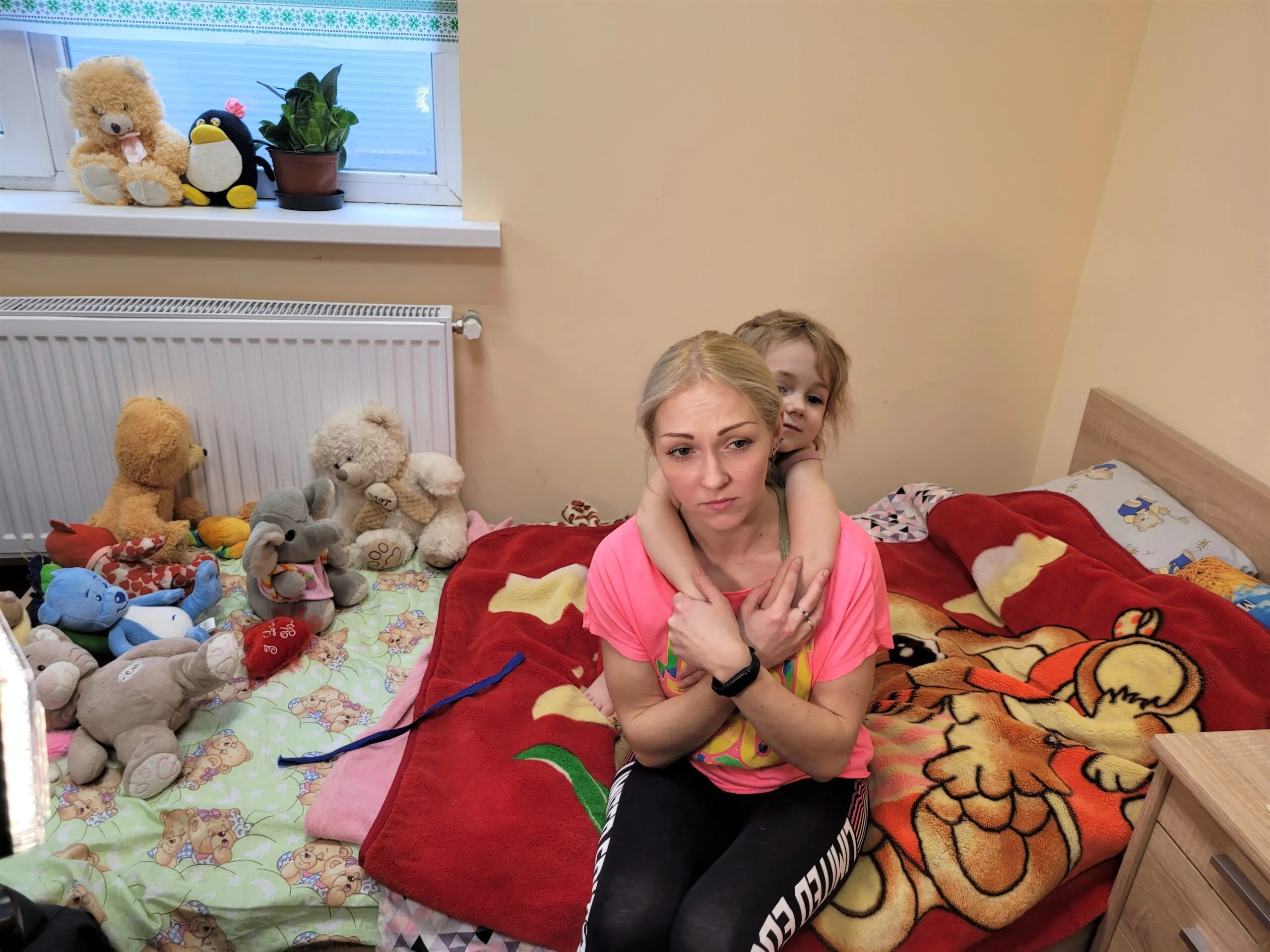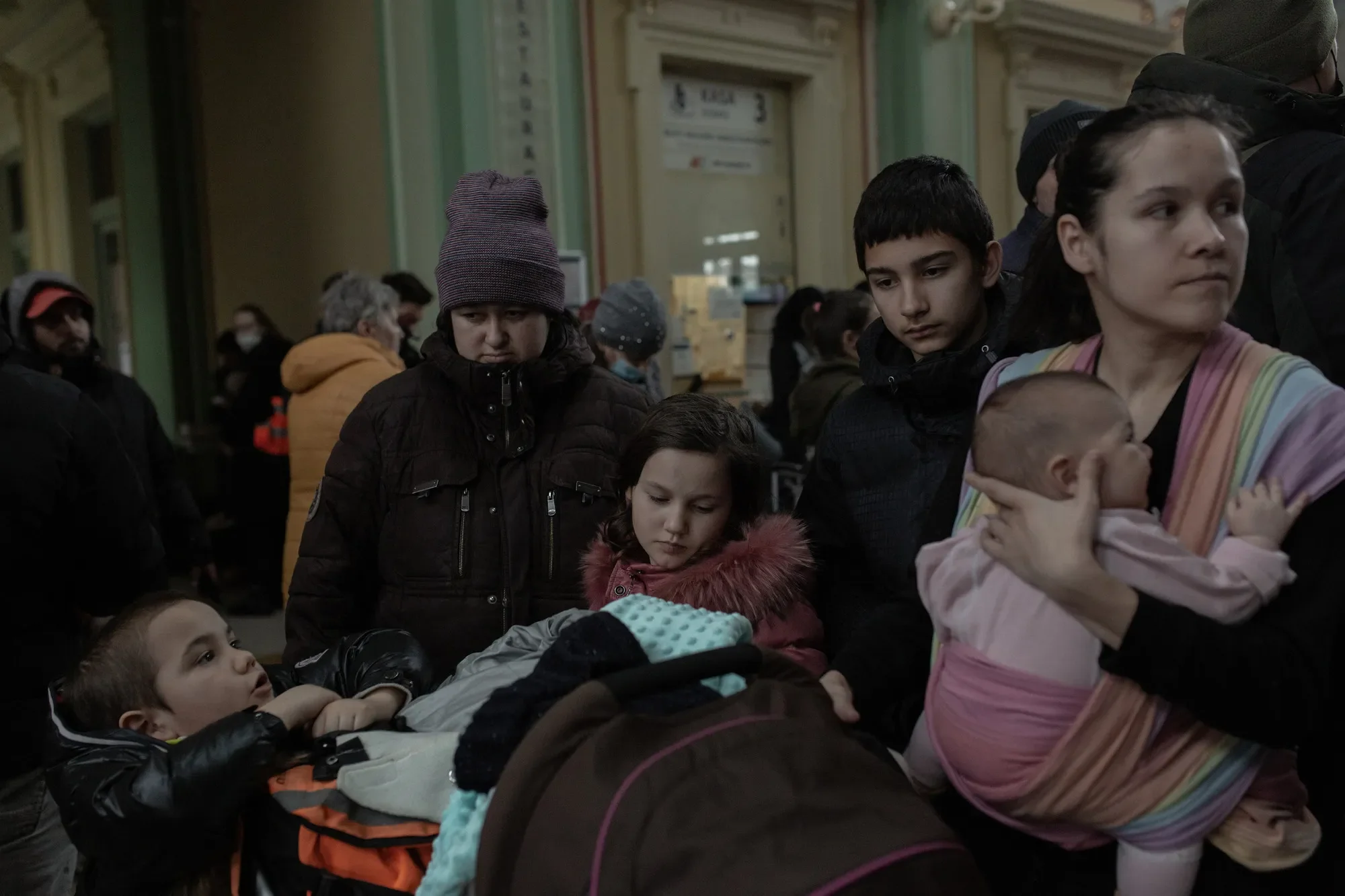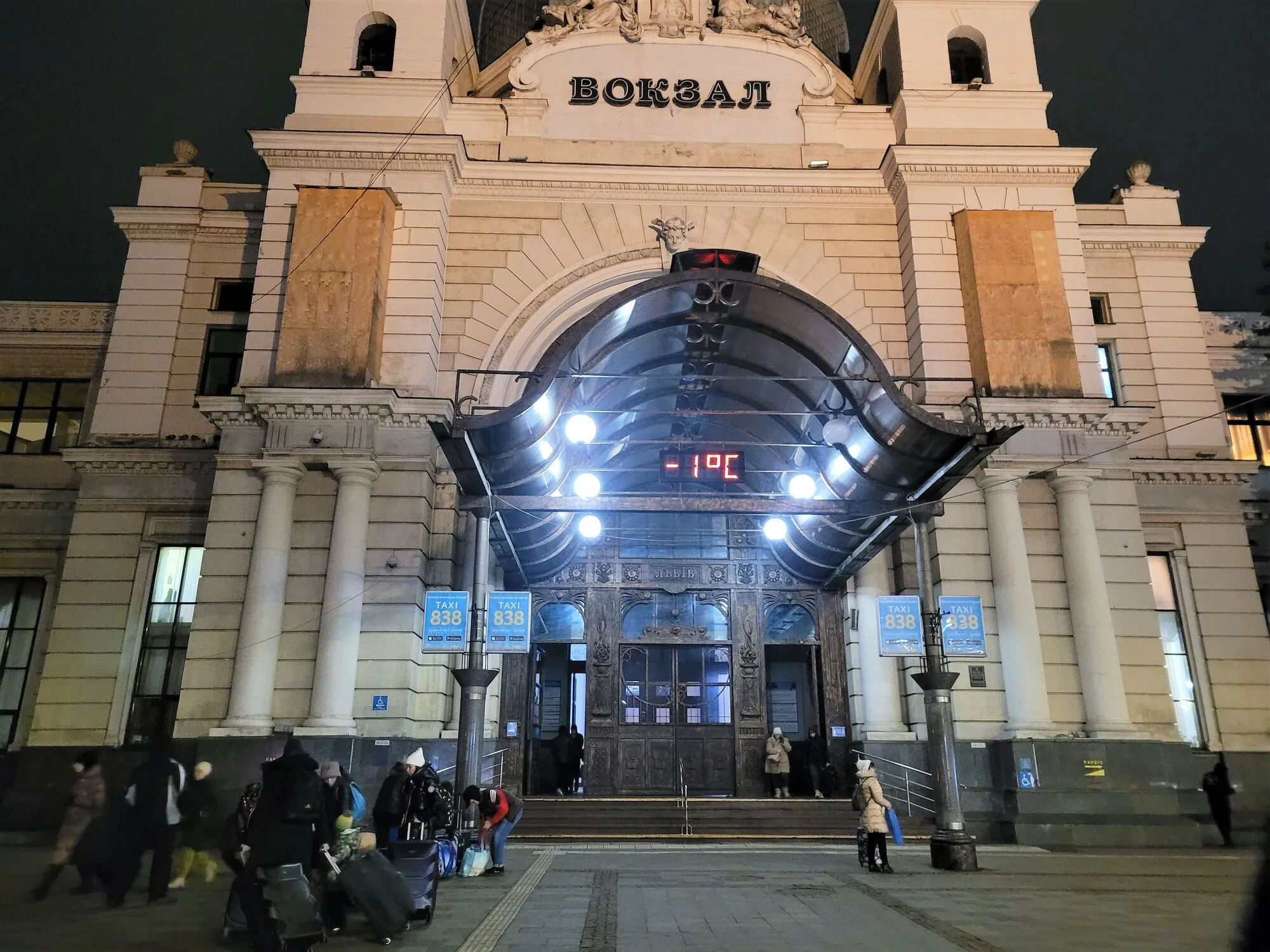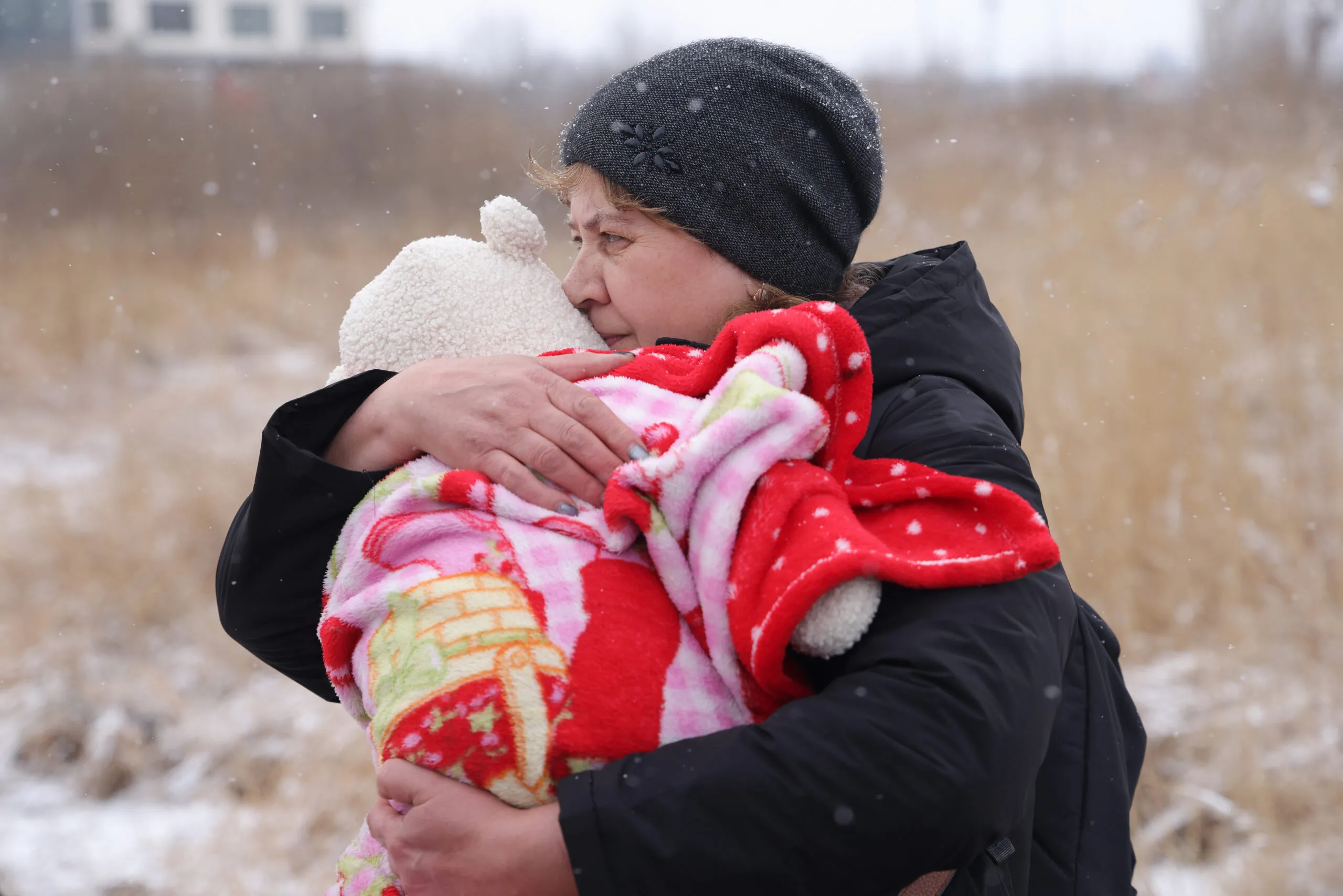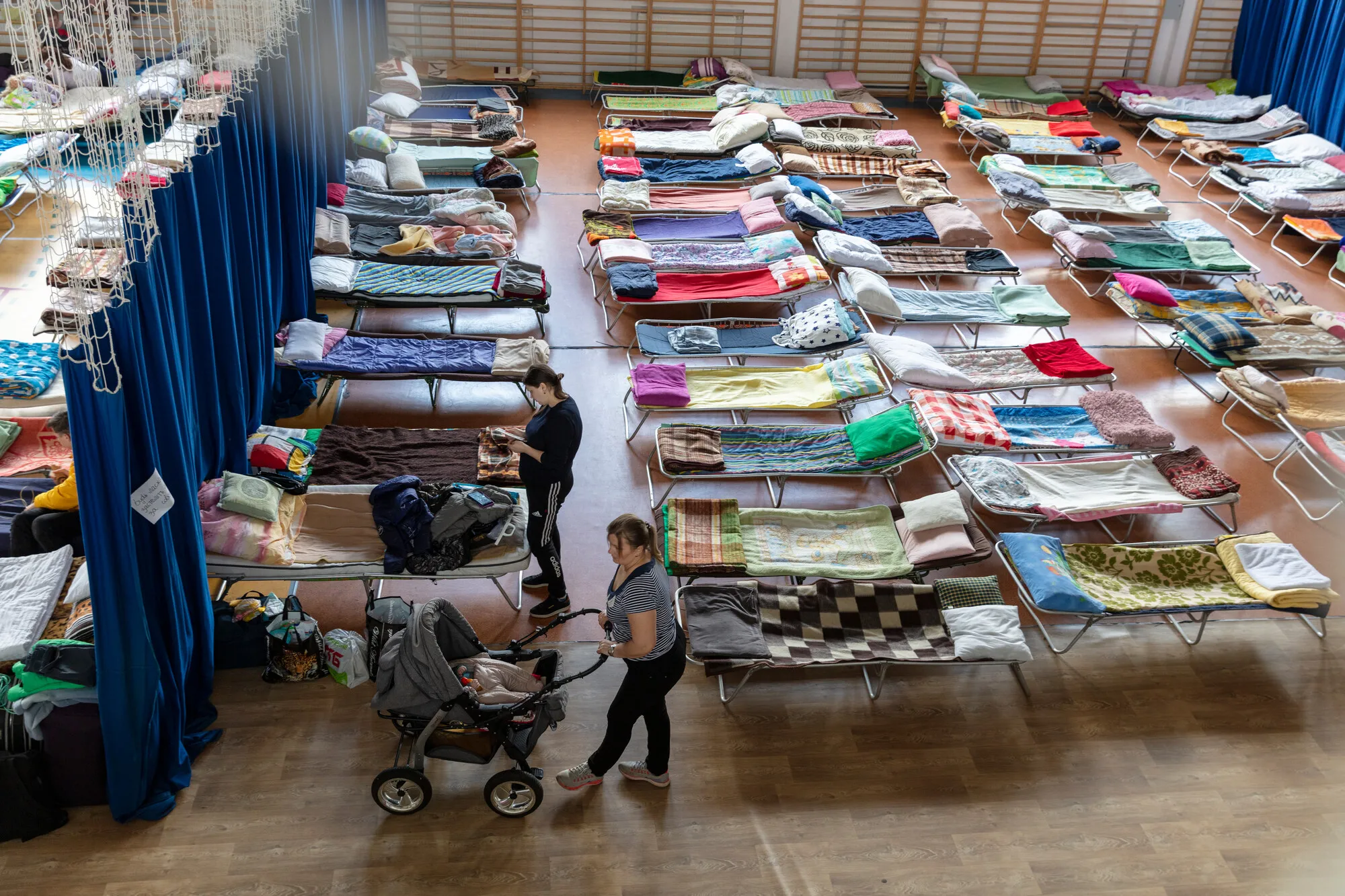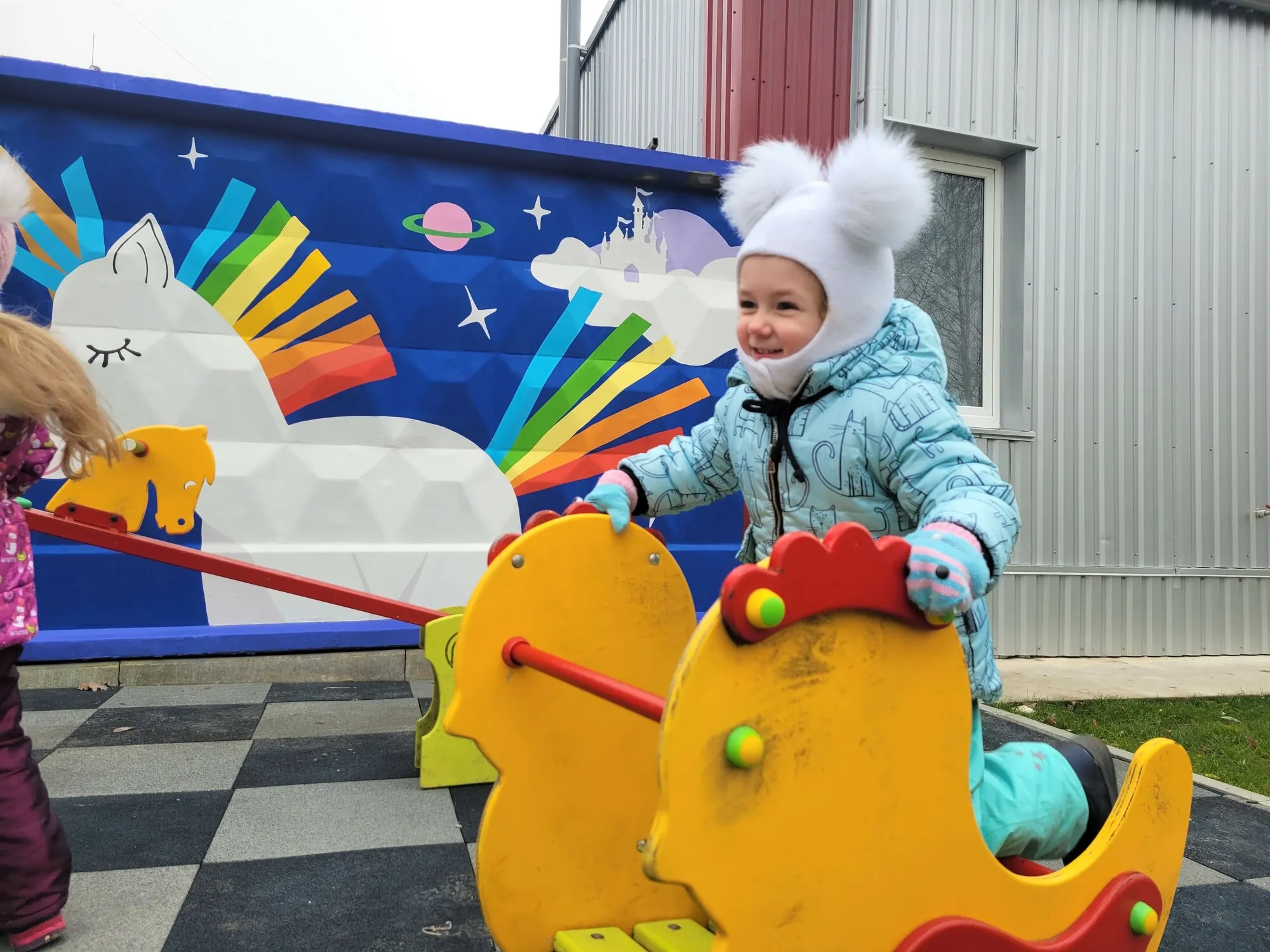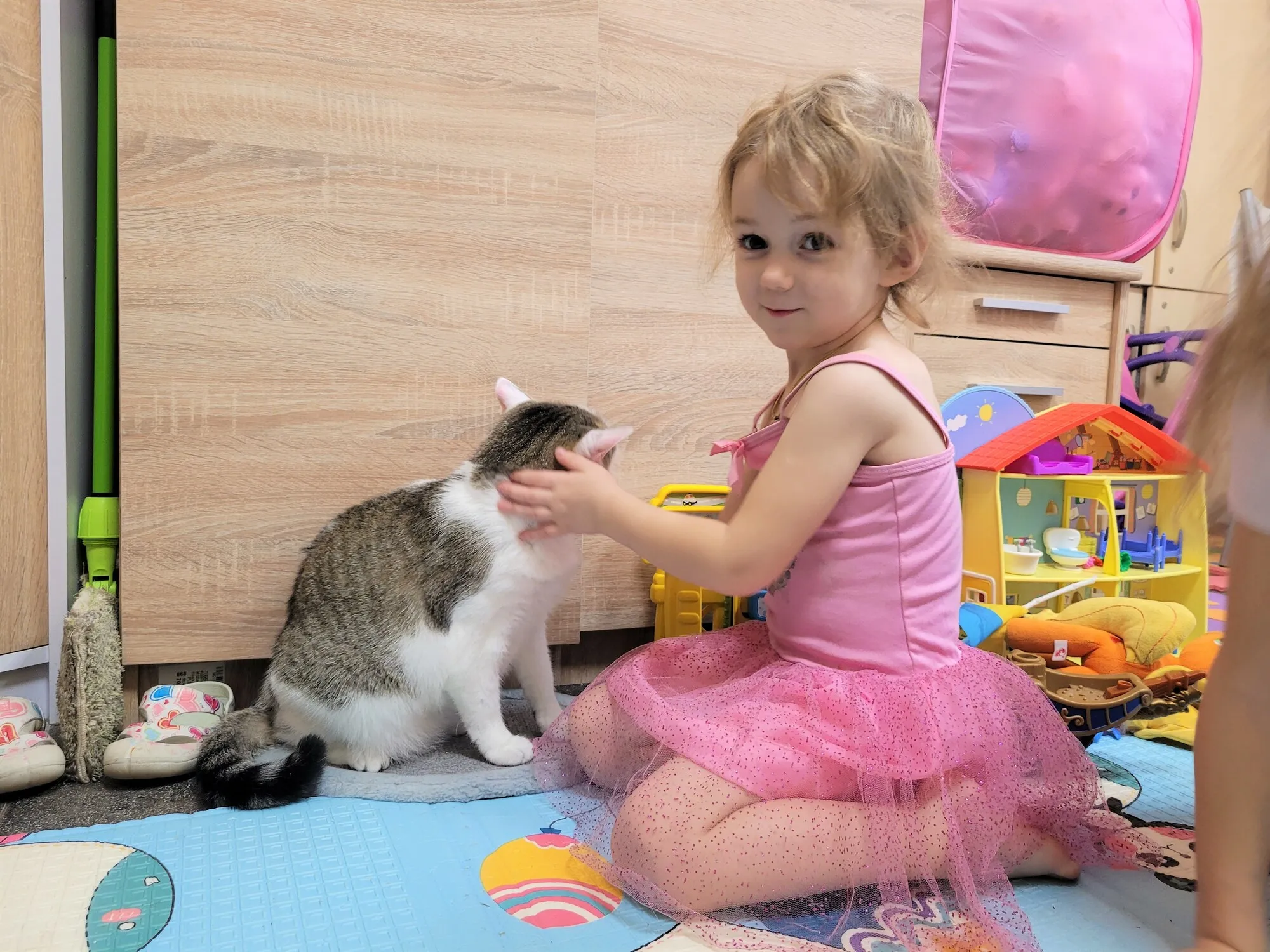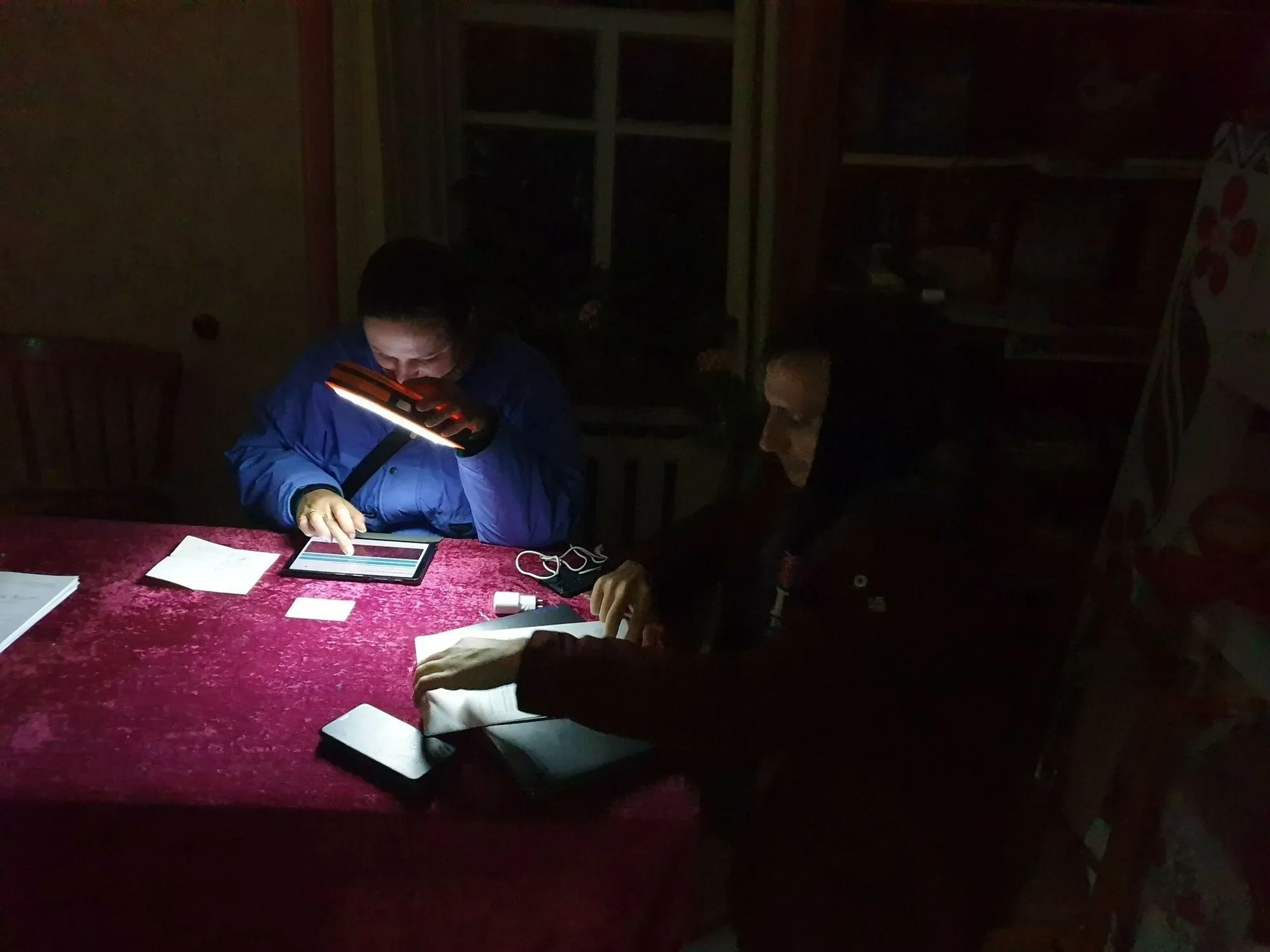Last February, the fighting pushed Masha, her parents, and her older sister out of Eastern Ukraine. They became a small portion of what would become the nearly 6.5 million people internally displaced since the start of the war.
The family began a four-day journey from Sjewjerodonezk, their hometown in the Donbas region, to the train station in Lviv, where they hoped they’d be able to travel to safety somewhere in Ukraine further from the fighting.

